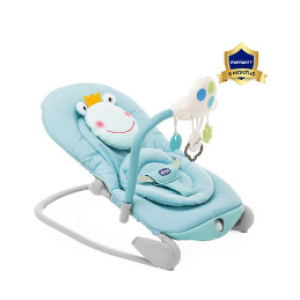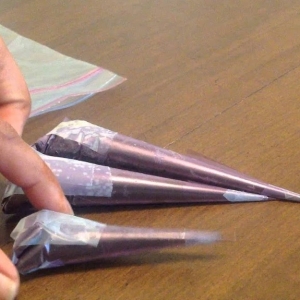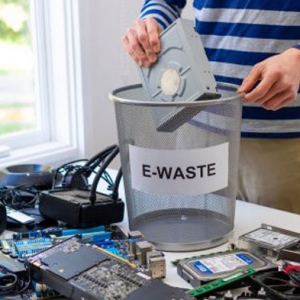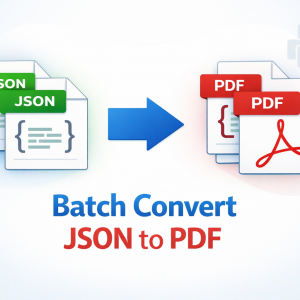In an era where environmental consciousness is on the rise, more parents are seeking eco-friendly toys for their toddlers. These toys not only provide safe play options but also promote sustainability, helping to instill values of care for the planet from a young age. This guide will explore the benefits of eco-friendly toys, key materials to look for, and tips for choosing the best options for your little ones.
The Benefits of Eco-Friendly Toys
1. Safety First
When it comes to toys for toddlers, safety is a top priority. Eco-friendly toys are often made from natural materials that are free from harmful chemicals, making them a safer choice for young children.
- Non-Toxic Materials: Many eco-friendly toys are crafted from organic cotton, natural wood, and other non-toxic materials. These toys reduce the risk of exposure to harmful substances commonly found in traditional plastic toys.
- Durability: Eco-friendly toys tend to be more durable and sturdily made, which means they can withstand the wear and tear of toddler play without breaking down quickly.
2. Environmental Impact
Choosing eco-friendly toys contributes positively to the environment, reducing the ecological footprint of your child's playtime.
- Sustainable Materials: Toys made from sustainable sources like bamboo, recycled plastic, or responsibly harvested wood help reduce deforestation and waste.
- Biodegradable Options: Many eco-friendly toys are biodegradable, meaning they won’t linger in landfills for decades after they are discarded. This helps to minimize the impact on the planet.
3. Encouraging Conscious Consumerism
By selecting eco-friendly toys, parents can teach their toddlers about sustainability and the importance of caring for the environment.
- Values Education: Choosing sustainable products sets a positive example for children, instilling values of responsibility and consideration for the planet from an early age.
- Discussion Starter: Eco-friendly toys provide an opportunity for parents to engage toddlers in conversations about nature, recycling, and the importance of protecting the environment.
4. Support for Local and Small Businesses
Many eco-friendly toy manufacturers are small businesses or artisans that prioritize ethical practices and sustainability.
- Community Support: By purchasing eco-friendly toys, parents can support local economies and small businesses that align with their values.
- Unique Products: Eco-friendly toys often feature unique designs and craftsmanship that stand out from mass-produced plastic options, providing a more special play experience for toddlers.
Key Materials to Look For
When selecting eco-friendly toys, it’s important to consider the materials used in their production. Here are some of the best options:
1. Wood
Wooden toys are classic, durable, and biodegradable. Look for toys made from sustainably sourced hardwoods, such as maple or beech. Ensure they are treated with non-toxic finishes to keep them safe for toddlers.
2. Organic Cotton
For plush toys and fabric-based items, organic cotton is an excellent choice. It is grown without harmful pesticides and chemicals, making it safer for your child and the environment.
3. Recycled Materials
Toys made from recycled plastics or materials help reduce waste and promote sustainability. Look for products that specify the use of recycled content in their packaging or product descriptions.
4. Bamboo
Bamboo is a rapidly renewable resource that is naturally antibacterial and biodegradable. It’s an excellent option for various toys, including blocks and tableware.
5. Natural Rubber
Natural rubber toys, such as teething rings and bath toys, are safe for toddlers and environmentally friendly. Unlike synthetic rubber, natural rubber is biodegradable and free from harmful chemicals.
Tips for Choosing Eco-Friendly Toys
- Read Labels: Always check labels for certifications such as the Global Organic Textile Standard (GOTS), Forest Stewardship Council (FSC), or other eco-friendly certifications to ensure the toy meets safety and sustainability standards.
- Prioritize Quality Over Quantity: Focus on a few high-quality eco-friendly toys rather than a larger quantity of lower-quality options. High-quality toys tend to last longer and can often be passed down to younger siblings.
- Involve Your Child: Let your toddler participate in the selection process by choosing toys that resonate with their interests. This engagement can lead to a deeper appreciation for the toys and their value.
- Consider Age Appropriateness: Ensure that the toys are suitable for your toddler’s age and developmental stage. Many eco-friendly toys are designed to be educational and promote learning while being age-appropriate.
- Research Brands: Look for brands committed to sustainability, ethical production, and transparency in their materials and practices. Many eco-friendly toy companies prioritize environmentally conscious methods throughout their supply chains.
Conclusion
Choosing eco-friendly toys for toddlers is a meaningful way to provide safe and sustainable play options while instilling values of environmental responsibility. By prioritizing materials like wood, organic cotton, and recycled content, parents can ensure their little ones are playing with toys that are both safe and good for the planet. With the right knowledge and approach, parents can create an eco-conscious play environment that supports their child’s development while caring for the world they live in.







